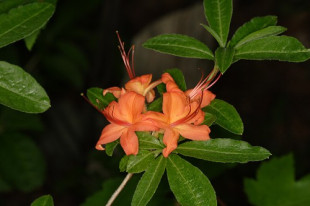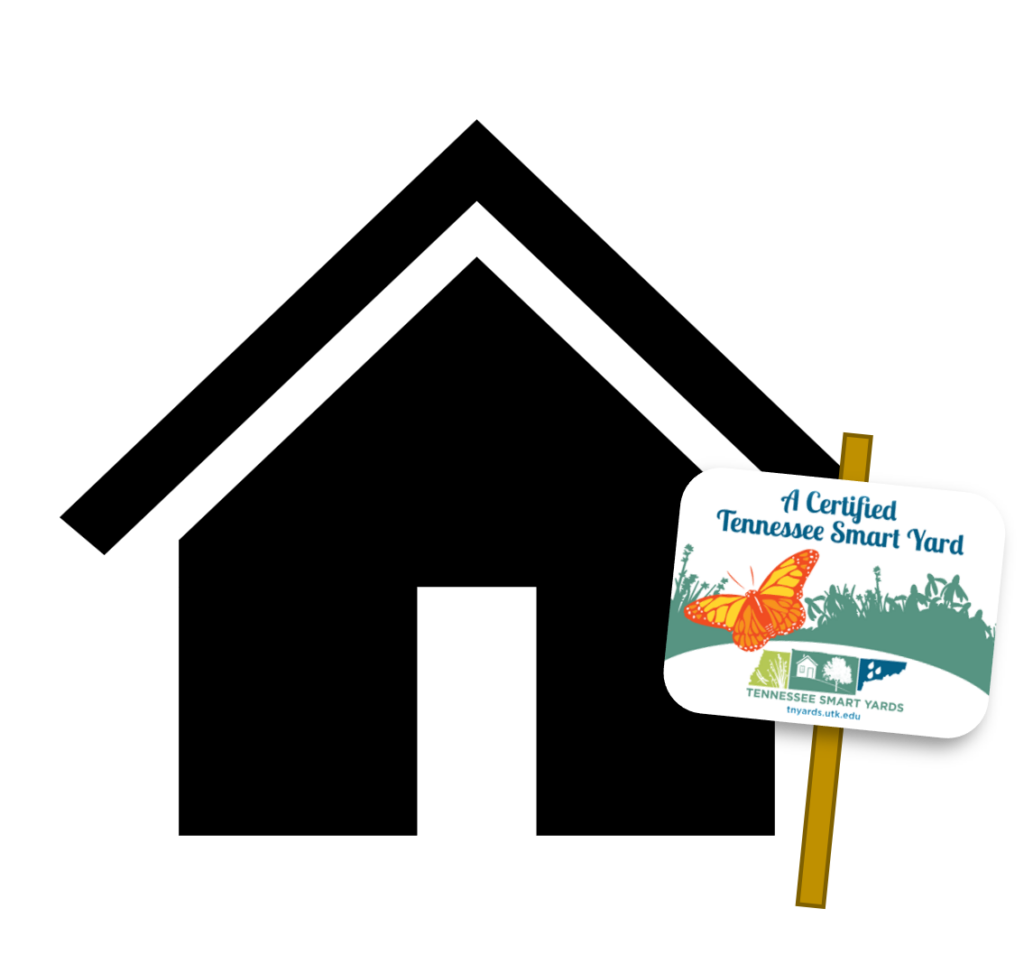
Common Name: Flame Azalea
Part sun to light shade; medium to moderately dry moisture level; prefers organically rich soil but grows in sandy or gravelly loams, silt loams and clay; moderately acid pH.
8-15 feet height by 5-8 feet spread; blooms in June; yellow to orange to red flowers (highly variable); fruits are a dry, hairy, brown ovoid capsule in late summer.
Growth Rate: Slow to medium (slow to become established)
Maintenance: Frequent disease and insect problems. Good cultural practices help reduce damage. Use a yearly addition of organic mulch to retain moisture and reduce temperature fluctuations. Avoid application of fertilizers which tend to create fertilizer burns. Rhododendrons are sensitive to high levels of fertilizer salts.
Propagation: Seed germination code A. Moderately easy from seed and difficult by cuttings. Seeds need to be mixed loosely into a sphagnum moss and sprinkled lightly over a 2:1 perlite/peat mixture and germinated under a mist or in a plastic tent at 45-50 degrees F.
Native Region: Blue Ridge Province and northeast part of the Ridge and Valley Province
This deciduous azalea is a tall, arching, multi-stemmed shrub. Forms a beautiful and spectacular display on the grassy balds of the southern Appalachian Mountains. Has the largest flowers of any of the native azaleas. Flowers are only slightly fragrant and emerge before or with the leaves. Occurs naturally in dry, rocky, mountain woods and on heath balds. Needs at least a few hours of sun each day for best floral display. All parts are poisonous to humans. Attracts bees and hummingbirds. Cultivars available.


